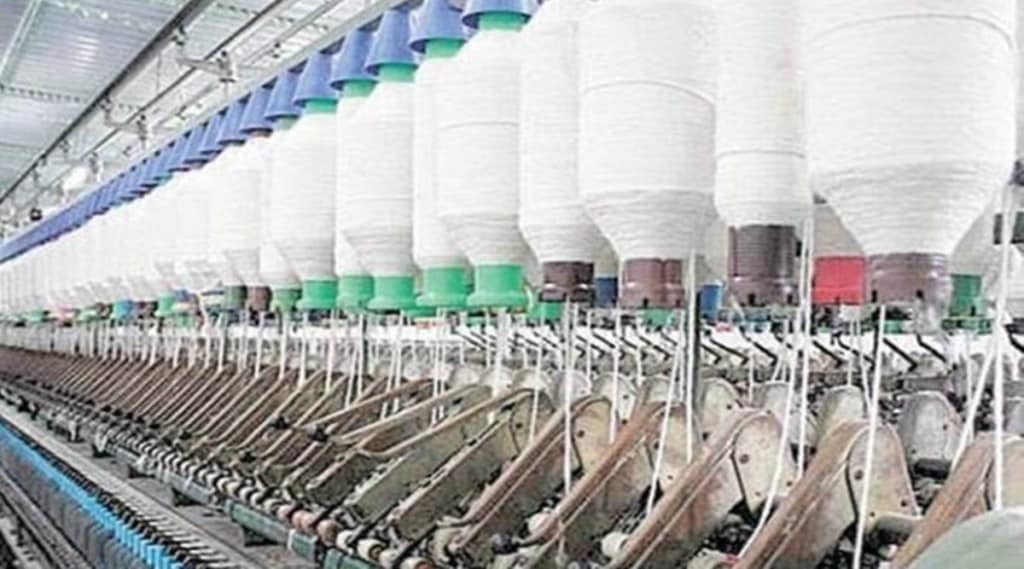The government is considering a proposal to extend the validity of its flagship capital investment scheme for the textiles and garment sector beyond March 31, until a new programme, which is in the works, is finalised, according to sources.
FE reported last week that the government is firming up a Rs 16,635-crore programme that will not just replace the latest avatar of the Technology Upgradation Fund Scheme (TUFS) but also promote integrated manufacturing facilities and technology adoption in a big way to enable India to regain its lost share in the global market. The new scheme will be called the Textiles Technology Development Scheme (TTDS).
“The new scheme will take some time to materialise. More deliberations are required for finalising certain aspects of the scheme. So, there is a proposal to extend the current scheme’s validity. The government will soon take a call on whether the extension will be granted,” one of the sources said.
While notifying the Amended Technology Upgradation Fund Scheme (ATUFS) in January 2016, the government had set aside an outlay of Rs 17,822 crore (Rs 12,671 crore for clearing pending claims under the scheme’s earlier avatars and Rs 5,151 crore for implementing the ATUFS) until FY22. The scheme is supposed to mobilise fresh investments of about Rs 95,000 crore in the textile and apparel sector by FY22 and create 3.5 million new jobs. However, until FY21, it could incentivise projects worth only Rs 46,861 crore, while the subsidy disbursement stood at Rs 3,378 crore.
The TUFS, the earliest version of ATUFS, was introduced in 1999 to make available funds to the textile industry for upgrading technology at existing units as well as for setting up new ones with state-of-the-art facilities. The idea was to improve their viability and competitiveness in both the domestic and export markets.
Under the extant scheme (ATUFS), garments and technical textiles firms are provided a 15% subsidy on capital investments, subject to a ceiling of Rs 30 crore for each investor. The remaining segments, such as weaving, processing, jute, silk and handlooms, get 10%, with a cap of Rs 20 crore.
Before the ATUFS was introduced, the various versions of the TUFS had attracted investments of more than Rs 2.71 trillion in about 16 years through FY15, according to an earlier official estimate. Subsidies of Rs 21,347 crore were disbursed under the scheme during this period and a lot of pending claims were settled later. The capital-intensive spinning industry has been the largest beneficiary of the TUFS, as most of the investments have taken place in this segment. Of course, with the change in the incentive structure under the ATUFS, spinning mills haven’t quite reaped the benefits in recent years. Large-scale capacity addition in spinning in earlier years also discouraged them from undertaking fresh expansion.

